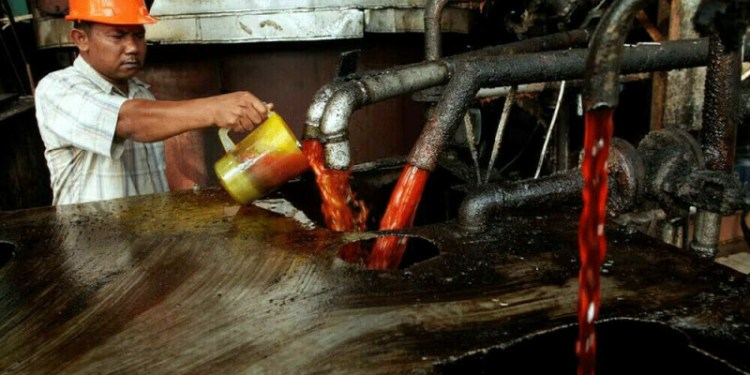By Rania El Gamal and Alex Lawler
DUBAI/LONDON (Reuters) – A second oil price rout of 2015 has forced Arab OPEC members to cut their price expectations for this year, showing they are prepared to tolerate cheaper crude for longer to defend market share and curb rivals’ output.
OPEC delegates, including those from core Gulf OPEC countries, see economic troubles in top energy consumer China as short term and unlikely to have much impact on demand for crude which will rise seasonally in the fourth quarter.
But they also believe it will take more than just a few months for weak oil prices, which fell to a more than six-year low near $ 42 on Monday, to reduce supplies from higher-cost producers such as U.S. shale and stimulate demand.
They expect the recent price drop will help reduce the crude oversupply towards the end of the year and thus lift oil prices slightly.
The comments further indicate that the Organization of the Petroleum Exporting Countries is sticking to its policy of defending market share rather than cutting production to shore up prices – regardless of how low they would fall and how long it would take to balance the market.
“It will be better to leave the market to correct itself. I don’t think this low price will continue,” said a Gulf OPEC delegate who declined to be identified.
“Prices will be around $ 40-$ 50 a barrel until the end of the year and hopefully they will reach $ 60, assuming there will be a recovery in China.”
A second Gulf OPEC delegate also expected the oil price to remain around $ 40-$ 50 a barrel for the rest of the year.
A third Gulf oil source said: “People are over-reacting to China. But you cannot underestimate the sentiment, that’s the problem.”
“Oil is bottoming… and the deeper it goes the more the rebound will be quicker and the supply reaction will be even bigger,” the source said, adding prices may dip again to slightly below $ 45 before slowly recovering to around $ 60 by December when OPEC meets next.
Arab OPEC delegates initially thought prices would recover more quickly after the group’s shift to the market-share strategy in 2014 deepened the decline, saying last December they saw oil between $ 70 and $ 80 by the end of 2015.
Other OPEC delegates outside the Gulf are also bracing for a prolonged period of low prices as they do not expect the group’s top producer Saudi Arabia, the driving force behind OPEC’s refusal to cut output, to change course and prop up prices.
“If this oversupply continues with no action from OPEC or Saudi Arabia, then I expect prices will stay around $ 45 until the end of the year,” said one.
LONGER-TERM STRATEGY
As a policy, OPEC has not openly targeted specific oil prices for over a decade, ever since it abandoned a $ 22 to $ 28 price band instituted after a price crash in the late 1990s.
But the comments signal how big producers see the market playing out and that OPEC’s strategy championed by Saudi Arabia is not a short-term one, but rather a plan that needs time to work and they are willing to wait.
Gulf oil insiders see no sign of Saudi Arabia wavering on its long-term strategy.
“This is not going to be two-three quarters’ adjustments, this is going to be a two-three years’ adjustments,” said Yasser Elguindi of economic consultants Medley Global Advisors.
OPEC reconfirmed the market-share strategy at its last meeting in June and the Gulf OPEC delegates were still expecting a recovery in prices towards the end of 2015, supported by higher global demand.
But those sentiments have changed with the latest unexpected price drop, growing concern about the demand outlook in China and persistent oversupply.
OPEC’s own forecasts show the group initially over estimated the speed at which low prices would curb non-OPEC supply. This, plus record-high output from Saudi Arabia and Iraq, point to an oversupply of more than 2 million barrels per day (bpd).
A big uncertainty in 2016 is the extent to which Iran boosts production if and when sanctions are lifted. Iran’s insistence that it will take back more than 1 million bpd of market share has worried the Gulf members.
Still, even OPEC members who are less wealthy than Gulf Arab producers and want higher prices agree the latest drop would mean less oversupply in coming months, potentially supporting prices in the last quarter of the year.
“Prices around $ 50-$ 55 is the maximum of what I expect by the end of this year. This is because of less crude supplies due to the low oil price,” another OPEC delegate said.
(Editing by Susan Thomas)

























